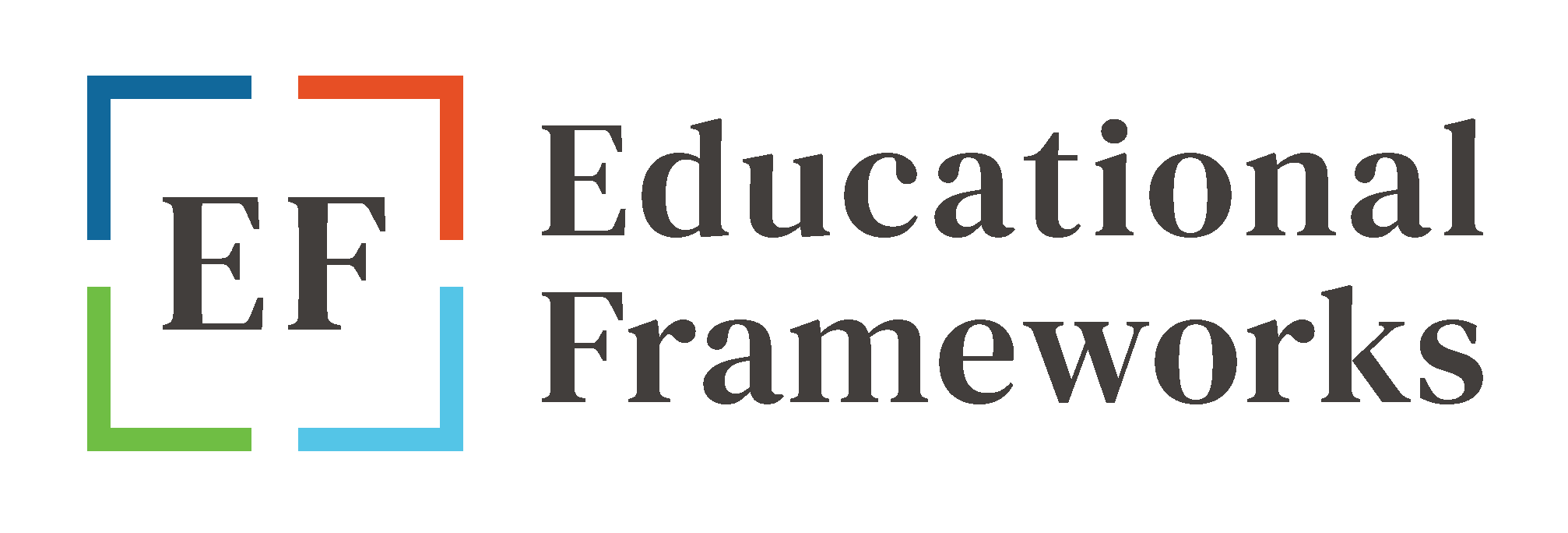Let’s be honest, when we associate a test score with failure, individuals generally experience negative emotions. When we experience negative emotions we often use strategies to protect ourselves from the discomfort; that is a natural act of self-preservation.
Many societies have created negative language around the concept of failure which is unfortunate because it counteracts the fact that one of the best ways to learn is through our mistakes (yes, it is more pleasant to say mistakes than failures). In my work, I often talk with students about productive struggle. Productive struggle includes the notion that learning should be challenging and that challenge is accompanied by hard work which can include discomfort. These ideas are easy to talk about but hard to do.
Consider this scenario, a student completes most of their Algebra study guide, checks their answers and feels confident going into and leaving their test. That confidence is shaken when the test is returned with a grade that is lower than expected. The student glances at the test then finds a way to “hide” the test and/or rationalize the grade because it is easier to avoid and/or shift the focus. The problem is that the student never actually looks at their errors or determines what they could do differently in the future.
Instead of allowing students (your child) to “dispose” of their assessment, work with them to complete an error analysis. Start by framing the value of learning from mistakes and work to disarm their emotional response. Ask the student to classify their errors in these three categories: careless, misunderstanding or lack of practice. Help them define each category and identify examples of each. Side note: misunderstanding can include misunderstanding the question as well as the process/concept. Completing an error analysis allows students to identify specific ways that they can learn, prepare and practice in the future. This process can also provide invaluable information for teachers.
To be more specific on the future strategies front, careless errors can be minimized by slowing down. Encourage students to subvocalize (talk through) the question, highlight the parts of each question and solution and review their work (it is effective to give students a brain break before they review their work). In the case of Algebra, one of the most common process errors is dropping the negative. Have the student highlight the negative and then track that highlighting throughout their problem solving steps when they are reviewing. With regard to errors of misunderstanding, help the student identify and name where they misunderstood the question and/or misconceived the content. Take that a step further and model asking clarifying questions and practicing process and application. With regard to practice, make sure that students have enough opportunities to practice multiple stages of learning (remembering, applying, transferring) and help them to understand the power of practicing over time. The more teachers, parents, coaches specify and model useful strategies the more likely students are to learn through mistakes and see the benefit of employing said strategies.
Two final thoughts, students are empowered when they understand and have clear action steps for what they can do differently in the future. They are also motivated by knowing what they have done right. Help them to also identify what went well! It is human nature to focus on the negative more than the positive. Identifying what went well while incorporating the power of learning from mistakes will have a lasting impact.

